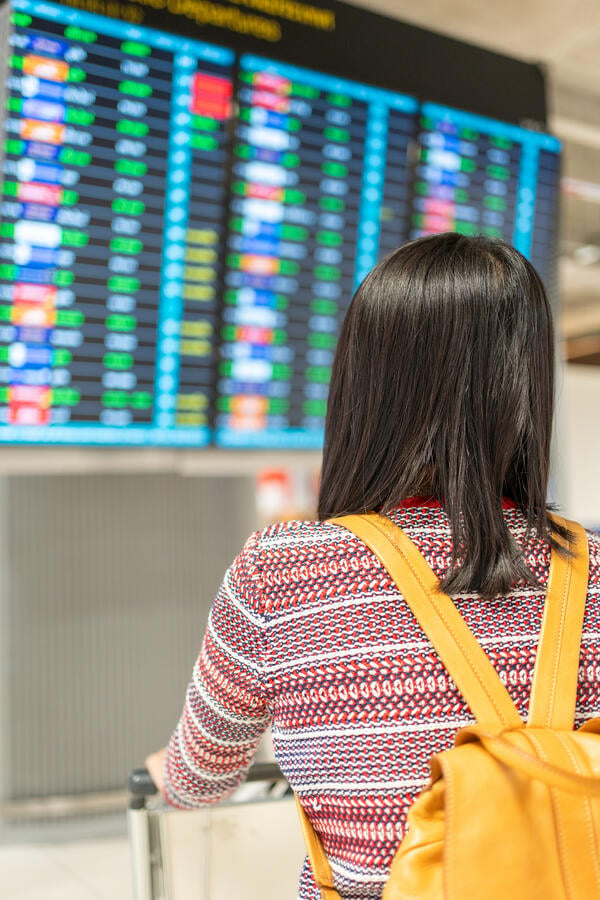
International Students Deserve Better (opinion)
I recently caught up with a former student pursuing her doctorate. Her project is timely. She is Cameroonian and a legal resident in the United States studying how pro-democracy movements succeed or how and when they fail. Students like her benefit our nation’s economy and our global ability to promote democracy and peace at home and abroad.
As she and I chatted, I detected exhaustion in her voice. I asked her how she is holding up. She replied with unmistakable sadness: “In Cameroon, I felt like my voice was stifled. I thought I could finally use my voice in the United States. I no longer feel that way.”
As a current international student, she lives in constant fear. Campus administrators have cautioned her against speeding or driving with a broken taillight. Her faculty adviser serves as her emergency contact if she is detained by federal immigration authorities.
The extraordinary crackdown on international students enrolled at U.S. universities, including the more than 400 students in my state of Texas alone who learned that their visa status had been canceled in spring of 2025, has little precedent in recent history. While officials in Washington restored students’ visa statuses in response to court rulings, the Department of State has begun reviewing visa applicants’ social media accounts “for any indications of hostility towards the citizens, culture, government, institutions or founding principles of the United States.”
As a university instructor, my classes have been enriched by the perspectives of international students. But their benefit to this country extends beyond their academic participation. Each year, upwards of 150,000 college-age youth participate in the little-known low-wage employment-based categories of the J-1 visa, including the Summer Work Travel, trainee, intern and au pair programs. Participants work in low-wage jobs at restaurants, in hotels and in homes providing live-in day care for thousands of American families.
The J-1 Exchange Visitor Program began with modest enrollment in the 1960s to promote Cold War–era public diplomacy. But numbers have grown in recent decades, transforming these employment-based categories into a significant stream of temporary foreign workers. A major draw is the low cost of employing them. Employers avoid most payroll taxes and sidestep bureaucratic red tape. Since the State Department oversees the program, there is no labor market testing or commitment to public data as is standard with Department of Labor foreign worker programs.
My multiyear findings and those of others—including the findings from a recent investigation by The New York Times—illuminate several J-1 program shortcomings: fraud in recruitment, inadequate and overpriced housing, and a failure of the State Department and designated cultural sponsors to address reports of abuse. In practice, sponsors amount to labor brokers who collect $1,000 to $5,000 to match a J-1 participant with an employer. I will never forget the Peruvian Summer Work Travel participant who wept as he described losing his job and housing amid COVID shutdowns. Neither his employer nor sponsor came to his aid. Instead, the Peruvian consulate sheltered and fed him until he found a way home. What his experience made clear to me was how weak J-1 protections are and how, amid a crisis like COVID, instead of building bonds of international friendship and goodwill, his J-1 cultural sponsor host and employer abandoned him in a crucial time of need.
Similarly, the demand for work authorization through the Optional Practical Training program, available to international students here on the F-1 visa, has skyrocketed, growing from 154,522 in 2007 to 418,781 in 2024. Like for J-1 visas, the Labor Department has no formal regulatory role over the OPT program, which instead is administered by the Department of Homeland Security. The OPT program originated in 1992 as a pilot initiative, and after intensive corporate lobbying, the government tripled the maximum duration of the program.
The resulting problems with the OPT program are obvious and preventable. Journalists and scholars have documented unchecked and underregulated growth, sham employment offers, and systematic underpayment, along with the proliferation of so-called body shops, staffing agencies that hire foreign workers and then rent them out to big-name tech firms—often at bargain-basement rates.
Undoubtedly, the risks faced by international students on campus versus at work differ substantially. So do their causes: The threat to international students on campus results from a hard political turn against immigration in rhetoric and policy and an effort to censor free speech in higher education. The risks faced by J-1 and F-1/OPT workers stem from the ongoing demand among U.S. employers for cheap, compliant migrant workers. Yet, Congress legislated pathways for both to promote democracy and global understanding between U.S. and foreign citizens, aims from which we have drastically strayed.
Prohibiting J-1 recruitment fees, shifting oversight of J-1 and OPT programs to the Labor Department, and making available comprehensive labor data for both would result in far better treatment and stewardship of international youth and more fairness to U.S. workers. It would also shed light on the opaque inner workings of U.S. temporary migrant worker policy at a time when mass deportation and the gutting of temporary protected status and refugee programs only heighten demand for new sources of low-priced and flexible labor, labor that immigrant populations have long been called upon by U.S. employers to do.
Source link



